Crafting the perfect knit or crochet pattern is a labor of love, blending creativity, skill, and a touch of personal flair. But once the final stitch is in place, there’s another creative challenge awaiting: naming your masterpiece.
The right name can capture the essence of your work, connect with your audience, and set your pattern apart in a bustling marketplace. Whether you’re designing a cozy blanket, a delicate shawl, or a playful amigurumi, the name you choose is the first step in sharing your creation with the world.
In this article, I’ll walk you through some of the things you should think about when trying to come up with an amazing name for your handmade creation.
Choosing a Naming Convention for Crochet or Knit Patterns
Naming your crochet or knit patterns with a distinctive and memorable convention is a great way to create a brand identity and make your patterns stand out.
Here’s a list of possible naming conventions along with their pros and cons:
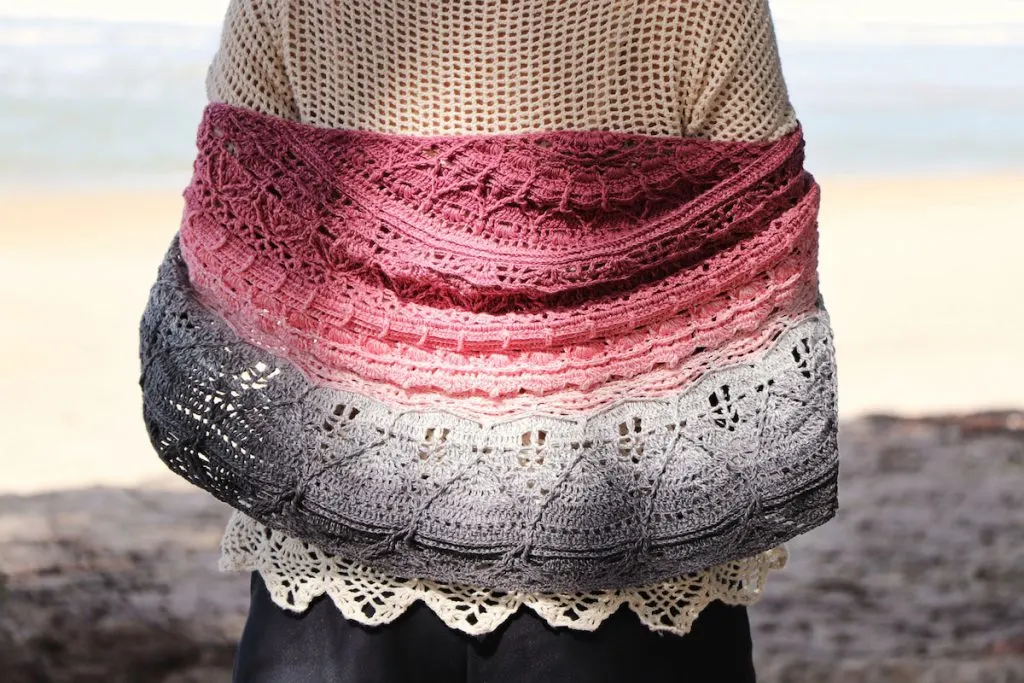
1. People Names (e.g., “Abigail Shawl”)
Naming your patterns after people brings a personal and relatable touch to your creations.
This approach can make each pattern feel like it has its own story or personality, appealing to customers who enjoy the idea of personalization or who may be seeking gifts with a personal connection.
- Pros:
- Personal touch: Adds a personal or human element to your pattern, making it feel more bespoke or artisanal.
- Easy to remember: People’s names are easy for customers to recall and request.
- Emotional connection: This can evoke personal connections if a customer has a friend or loved one with the same name.
- Cons:
- Limitations on diversity: You might run out of unique names if you have a large collection.
- Potential for overlap: Popular names may be used by other designers, making it harder to stand out.
2. Whimsical Names (e.g., “Sunset Serenity Afghan”)
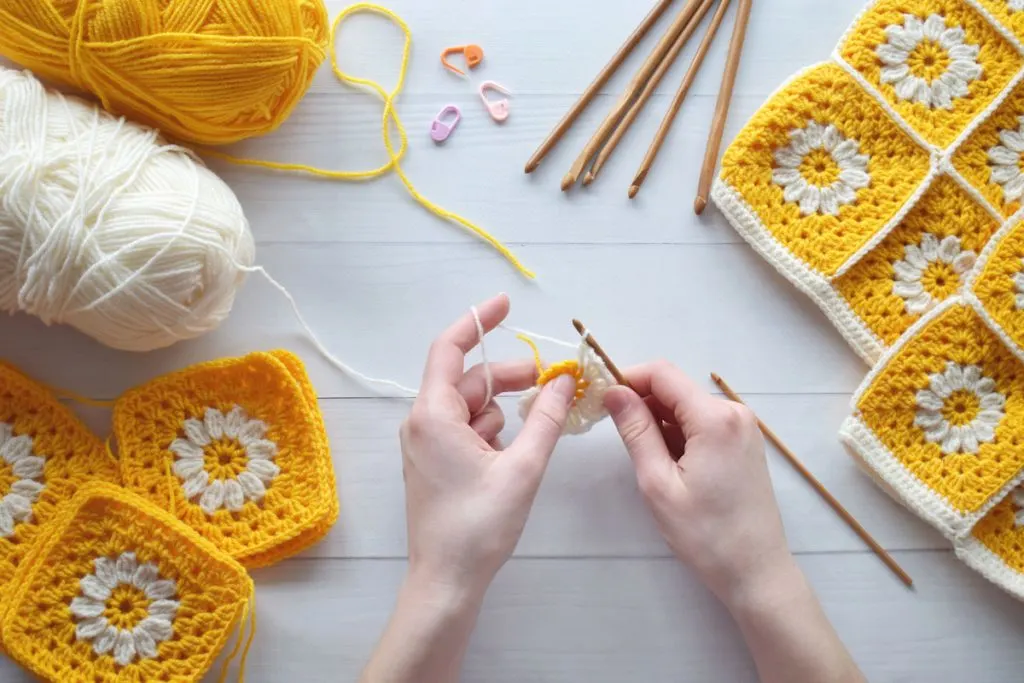
Whimsical names invite creativity and imagination, allowing you to capture the essence of your pattern’s design or the feelings it aims to evoke.
This naming convention can attract customers looking for something that not only warms their bodies but also delights their spirits.
- Pros:
- Creative freedom: Allows for a wide range of creative and imaginative names that captures the essence of the design or color scheme.
- Emotional appeal: This can evoke feelings or moods that resonate with customers, making the pattern more appealing.
- Cons:
- Might be less memorable: If too abstract, these names might be harder for customers to remember or spell.
- Can become cliché: Overuse of certain adjectives or themes can make names feel less unique over time.
3. Descriptive Names (e.g., “Crochet Granny Stripe Blanket”)
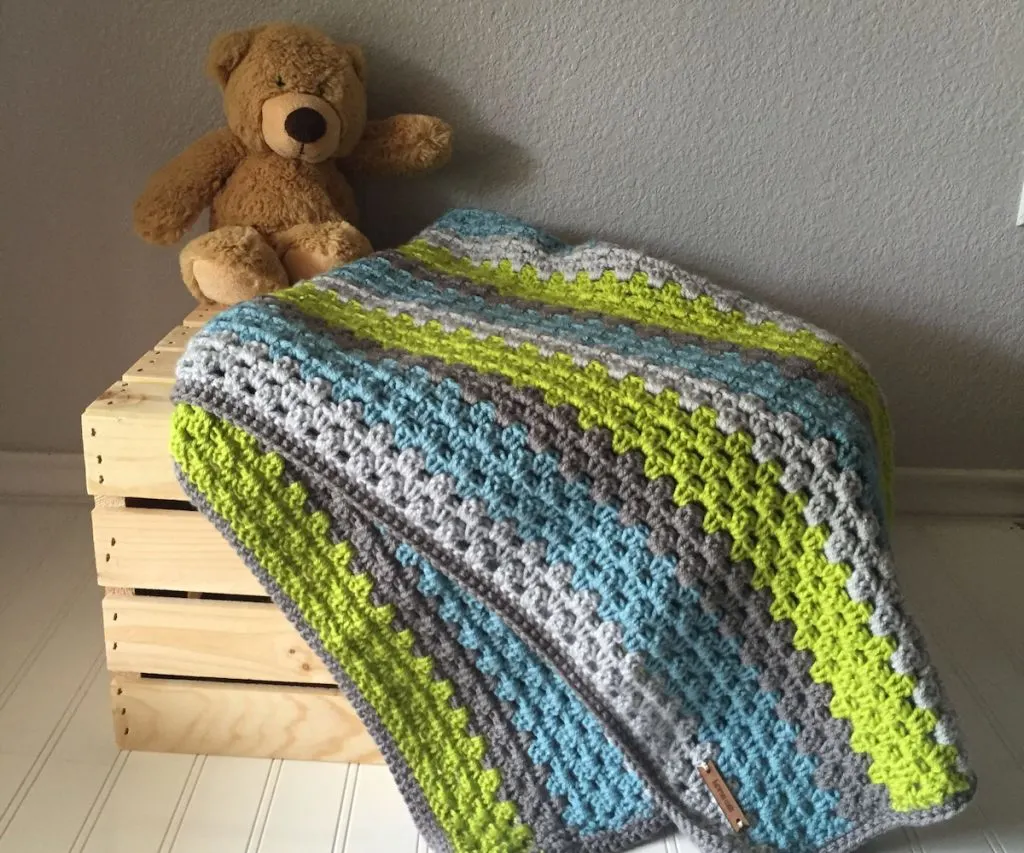
Descriptive naming provides clarity and straightforwardness, directly communicating the pattern, texture, or color scheme.
This practical approach can attract customers who value transparency and have specific preferences or needs.
- Pros:
- Clarity: Immediately tells customers about the pattern or color scheme, making it easier to visualize.
- SEO-friendly: This can improve search engine optimization, making your patterns easier to find online.
- Cons:
- Less distinctiveness: This may feel less unique or personal compared to more creative naming conventions.
- Can become formulaic: This might restrict the perceived creativity of your designs if names focus too heavily on descriptions.
4. Location-Based Names (e.g., “Venice Nights Throw”)

Location-based names transport your customers to different places, offering them a taste of the world’s beauty from the comfort of their homes.
This convention can appeal to wanderlust hearts and those who cherish the memories or dreams of specific locales.
- Pros:
- Inspiration appeal: This can evoke specific feelings or imagery associated with a location, appealing to customers’ wanderlust or personal experiences.
- Broad appeal: Geographic diversity can attract a wider audience with varying interests.
- Cons:
- Cultural sensitivity: Requires careful consideration to avoid cultural appropriation or misrepresentation.
- May not always match design: Some designs might not easily align with a location-based theme.
5. Historical or Literary Names (e.g., “Austen Heirloom Blanket”)
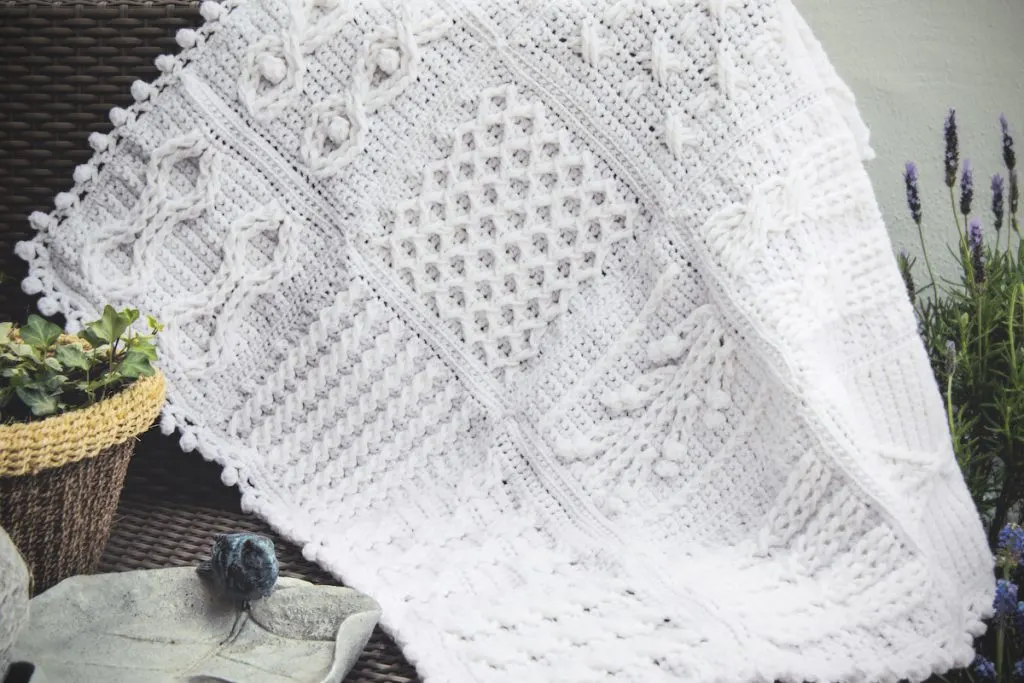
Incorporating historical or literary references into your crochet pattern names adds depth and sophistication.
This approach can attract customers who appreciate culture, history, or literature, offering them a piece that resonates with their interests.
- Pros:
- Depth and intrigue: Adds a layer of intellectual appeal or sophistication, attracting customers interested in history or literature.
- Storytelling element: This can suggest a backstory or deeper meaning behind the design.
- Cons:
- Niche appeal: Might only attract a specific segment of customers interested in such themes.
- Complexity: Some references may be too obscure, making the connection lost on some customers.
6. Fantasy or Mythology Names (e.g., “Dragonlore Bedspread”)
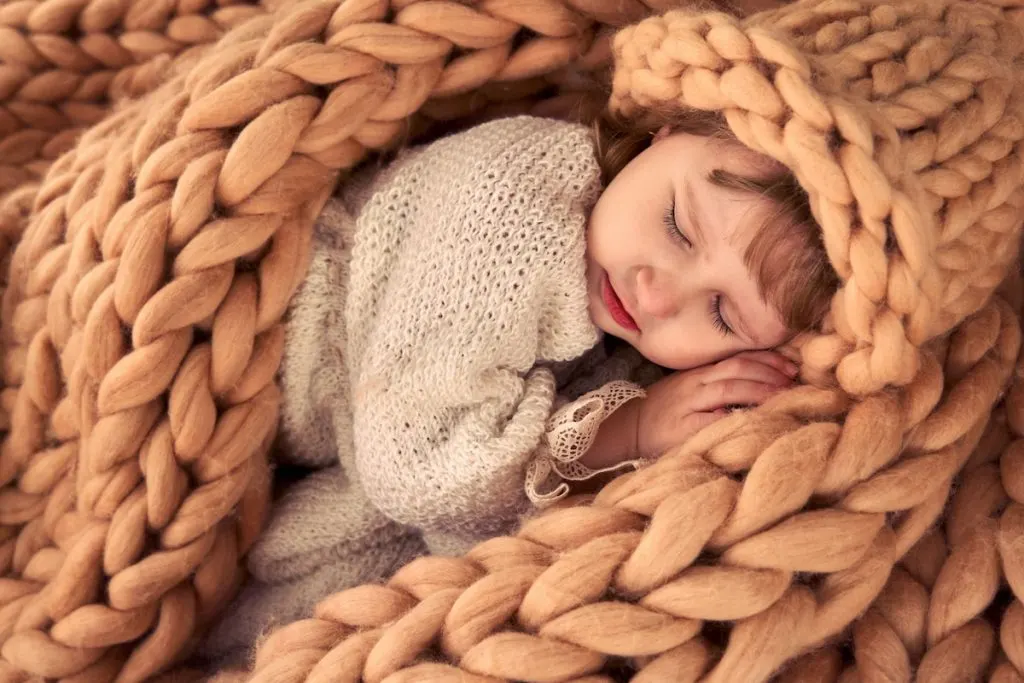
Fantasy or mythology-inspired names whisk your customers to realms of imagination and legend.
This convention is perfect for captivating those who love stories of magic, myth, and adventure, offering them a pattern that’s not just cozy but also full of wonder.
- Pros:
- Imagination: Appeals to fans of fantasy, creating a unique thematic connection to the design.
- Uniqueness: Offers a distinctive naming convention that can stand out in the market.
- Cons:
- Niche market: While unique, it might only appeal to a specific audience.
- Risk of being too whimsical: This could be perceived as less serious or too niche for some customers.
7. Seasonal or Weather-Inspired Names (e.g., “Autumn Whisper Blanket”)
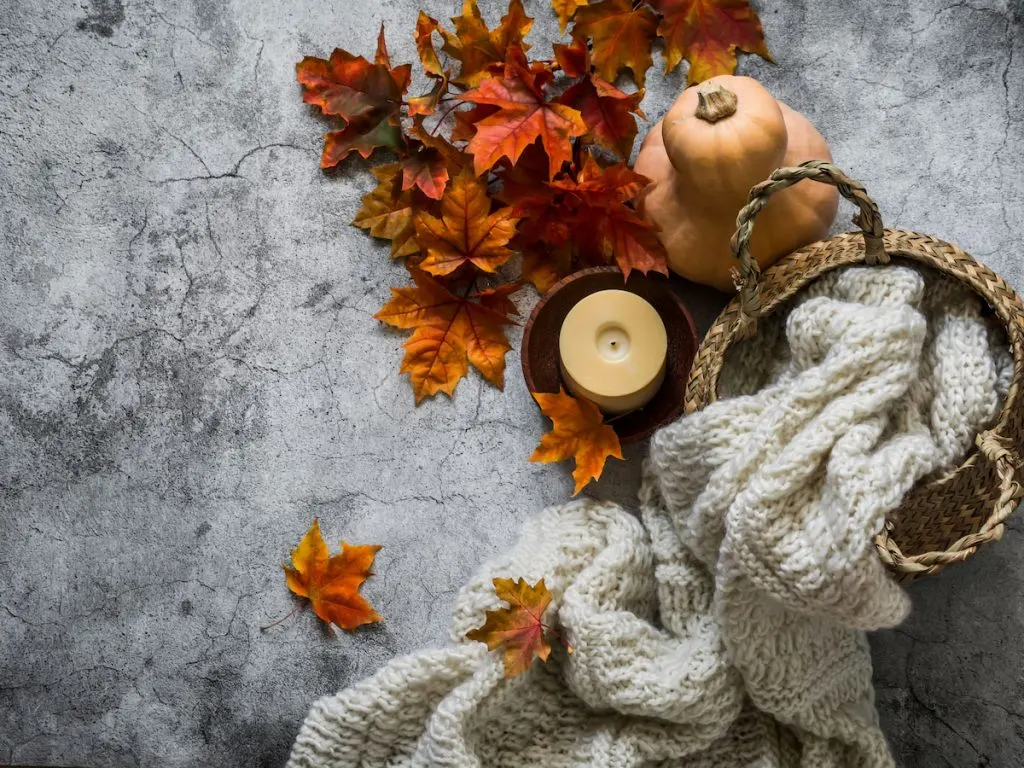
Adding seasonal or weather-inspired names to your naming convention arsenal can infuse a sense of timeliness and relatability into your creations.
It’s a versatile convention that, when used creatively, can help your patterns capture the essence of each season, appealing to customers’ changing moods and preferences throughout the year.
- Pros:
- Wide appeal: Seasonal themes resonate with a broad audience, as everyone experiences the seasons and many have a favorite.
- Timeliness: Offers the opportunity for seasonal releases, which can generate anticipation and timely interest in your patterns.
- Versatility: Allows for a variety of sub-themes and colors within the overarching seasonal theme, providing creative flexibility.
- Cons:
- Seasonal limitation: While timely, these names may feel out of place or less appealing out of their specific season, potentially limiting year-round appeal.
- Competition: Seasonal themes are quite common, which means there might be many similar names in the market, making it harder to stand out.
- Repetitiveness: With the cyclical nature of seasons, it might become challenging to keep coming up with unique names within the same seasonal theme over time.
When choosing a naming convention, consider your target audience, the style of your designs, and how you want your brand to be perceived.
Mixing conventions can also work as long as there’s a coherent theme or rationale behind the choices. The goal is to create a memorable and appealing identity that resonates with your customers.
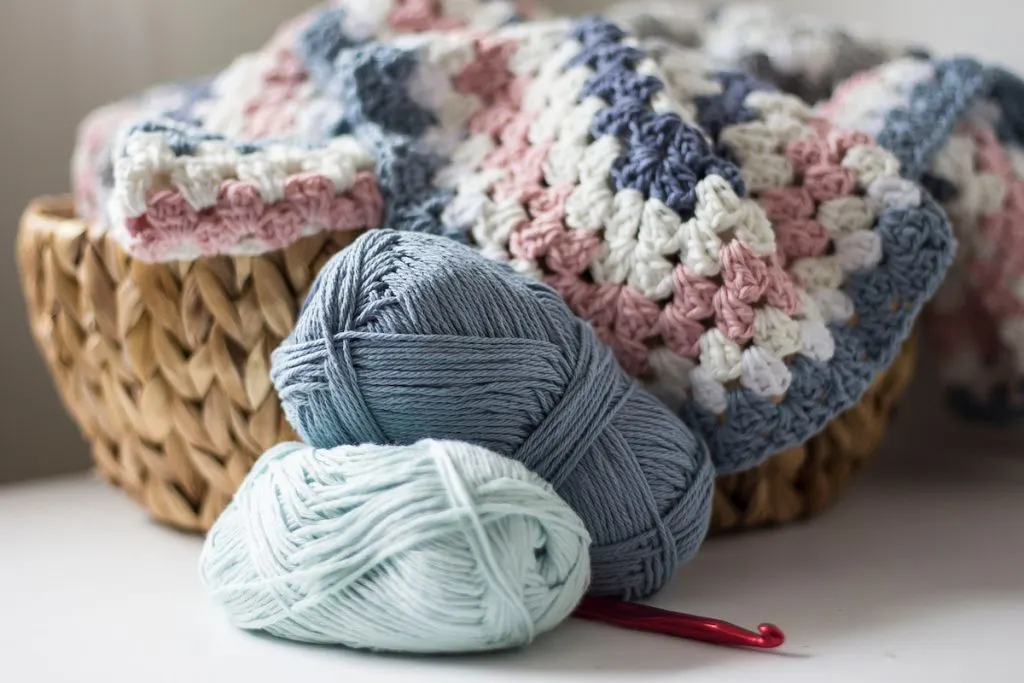
Tips for Naming Your Crochet or Knit Pattern
Naming your crochet patterns effectively is key to capturing the essence of your creations and appealing to your target audience. Here are some tips to guide you in naming your patterns:
- Reflect the Pattern’s Essence: Choose names that reflect the texture, color, or style. This helps customers know what to expect before they even see the pattern.
- Consider Your Audience: Think about who your patterns are designed for. Names that resonate with your target audience’s interests, age group, or lifestyle can make your patterns more appealing.
- Use Descriptive Adjectives: Adjectives can add depth to your pattern names, making them more vivid and appealing. Words like “cozy,” “breezy,” “lush,” or “radiant” can describe both the visual aspect and the feel of a blanket.
- Incorporate Inspirations: If your pattern is inspired by something specific, like nature, a city, or a historical period, include that in the name. It adds a story element that can attract customers.
- Keep It Simple and Memorable: While creativity is key, simplicity helps ensure your pattern names are easy to remember and search for. Avoid overly complex or obscure words.
- Be Unique but Clear: Strive for uniqueness to stand out, but avoid being so obscure that potential customers can’t tell what the pattern might look like or for whom it’s intended.
- Consider SEO: Use keywords that potential customers might use when searching for crochet patterns online. This can help your patterns show up in search results more easily.
- Play with Alliteration or Rhyme: Names that use alliteration or rhyme (e.g., “Bubbly Baby Blanket”) are catchy and can make your patterns more memorable.
- Test Your Names Out: Share potential names with friends, family, or your online community to get feedback. Sometimes, external perspectives can help refine your choices.
- Look to Literature, Mythology, or Art: Drawing inspiration from books, myths, or art can lend an air of sophistication or storytelling to your patterns, making them stand out.
- Avoid Overused Terms: While some words might seem perfect, if they’re overused in your niche, they might not help you stand out. Try to find fresh angles or descriptors.
- Match the Naming Convention to Your Brand: Ensure your pattern names align with your overall brand style and messaging. Consistency helps build brand recognition.
- Use Cultural References Wisely: Cultural references can add depth and intrigue but be mindful of cultural sensitivity and appropriation. Always use such references respectfully and appropriately.
- Consider the Pattern’s Versatility: If your pattern is versatile (e.g., suitable for different sizes or purposes), consider a name that reflects its adaptability.
- Evolve Your Naming Strategy: As your collection grows and trends change, be open to evolving your naming strategy. This keeps your brand fresh and relevant.
Using the tips above, I would encourage you to write a list of possibilities for your pattern.
Once you have at least 3-5 good options, I would encourage you to search the web for those names to ensure they aren’t already used for existing patterns.
With so many creative options available, you want to be sure your pattern name is unique enough that a user searching for it will come straight to your written pattern or tutorial video.
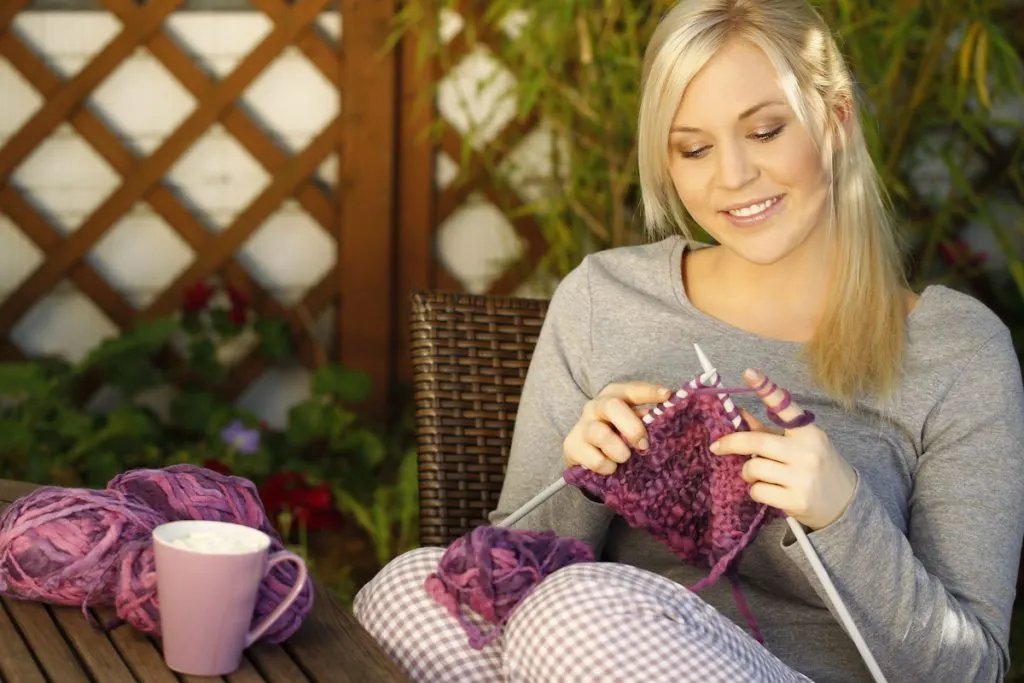
Free Crochet or Knit Pattern Naming Inspiration
To really kickstart your creativity, we’re offering a free .pdf full of hundreds of sample crochet and knit pattern names to newsletter subscribers.
This resource is packed with ideas to inspire your next project name, whether you’re looking for something classic, contemporary, or downright quirky.
Whether you’re a seasoned designer or just starting out, read on for insights and inspiration that will help you name your patterns with confidence and flair.
Download our free .pdf now and take the first step towards making your mark in the world of knit and crochet.
